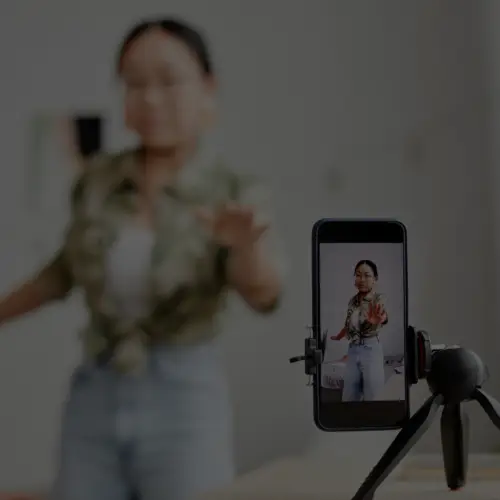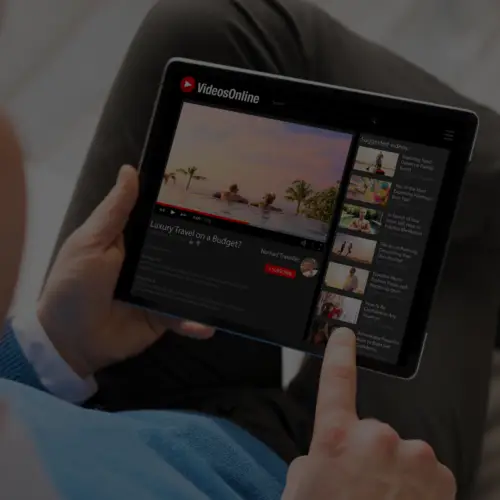02 Feb A Funny Thing Happened At Super Bowl XLIX: People Watched the Game
Sadvertising drove Super Bowl conversation, but probably not the one brands wanted.
Content Wins! For Super Bowl XLIX, the best content, by far, was the game itself. Beginning with #Deflategate, fans were talking about the game on social channels from the very end of the conference championships up until the final whistle blew last night. Apparently, the NFL should generate more controversy to keep the conversation going (I don’t think they’ll have trouble doing that). As for the game itself, from a slow starting first half to a couple of amazing last minute plays and a terrible goal line call, the game was talk-worthy.
Marketers sought to become part of the conversation but for many, the conversations didn’t go as intended or even worse, no one cared.
Several brands took a serious and somber tone, an interesting tactic for a high-energy, party-driven event. Right out of the box, Nationwide ran a very poignant spot about child safety designed to raise awareness about accidental deaths of children. Despite its good intentions, the forum was questionable. The move did spark a ton of online conversation, although over 60% of initial sentiment was negative. As happens, social users make their own content with several MEMEs popping up to lampoon the ad.
Many other brands continued the advertising approach of the rock ballad and slowed down the pace of their messages. Not that this was a bad thing. Many marketers have realized that there is a diverse audience watching the game, one that likes something more than scantily clad women and fart jokes.
Something seemed different this year.
Much like Black Friday has morphed into a big month-long sale, Super Bowl advertising has lost some of its anticipation as many ads are available long before the game. Its an effective tactic for driving buzz, but does it remove value for those more interested in the ads than the game?
Perhaps one of the most useful aspects of social media is the instant feedback that brands receive about their messaging. Before social sentiment analysis, we were left to marketing “experts” to tell us what was good and what wasn’t – not exactly an impartial judge of quality. Coincidentally, I spent most of my time watching the #BrandBowl hashtag and it was interesting to see the divergence between what marketers think is good vs. a general consumer audience.
There are troves of data instantly available as ads roll.
Everything from impressions, sentiment and engagement with hashtags to increases in search volume all give marketers an immediate scorecard of their performance. A study from Twitter Counter showed that McDonalds, Nationwide and BMW received the highest mentions on the platform without regard to sentiment. McDonalds had two paid ads so Nationwide was the winner from an ROI standpoint in terms of conversation about its brand. In BMW’s case, this conversation lead to action with search traffic for the i3 growing by 433%. Whether any of this translates to sales, only time will tell. For example, after one of last year’s most popular ads from VW, sales of the Passat tanked.
Who were the winners last night?
The NFL had a great spot about the passion of its fans that captured the essence of the sport. WIX leveraged several former stars to tell a simple story about how easy it is to create a website for a small or emerging business. Budweiser did a masterful job of positioning its brand alongside the consumers who are likely to buy it.
The art of telling a simple story that stays true to the unique selling proposition of a brand will never fail, no matter the medium.
No hipsters, Bud is not for you…and that is just fine by them.








